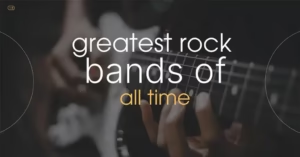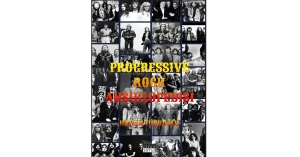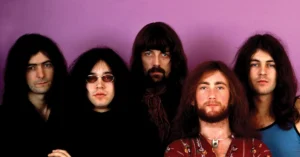Death Metal: The Extreme Frontier of Heavy Music
Introduction: What is Death Metal?
Death metal is an extreme subgenre of heavy metal music characterized by its aggressive, fast-paced sound, guttural vocals, complex song structures, and themes often centered around death, violence, horror, and existential topics. Emerging in the mid-1980s, death metal pushed the boundaries of heaviness and technicality, evolving from thrash metal and early extreme metal bands.
Known for its brutality and musical complexity, death metal remains one of the most influential and enduring genres within the heavy metal spectrum.
Origins and Early Development
Death metal originated primarily in the United States during the mid-1980s, with significant contributions from bands in Florida, New York, and California. Early pioneers blended the speed and aggression of thrash metal with darker themes and more guttural vocals.
Key early bands include:
- Death: Often credited as the first true death metal band, led by Chuck Schuldiner, whose 1987 album Scream Bloody Gore laid the genre’s foundation.
- Possessed: Their 1985 album Seven Churches is often cited as a proto-death metal classic.
- Morbid Angel: Known for their technical riffs and dark atmospheres.
- Cannibal Corpse: Famous for their graphic lyrical themes and relentless aggression.
Defining Characteristics of Death Metal
Vocals
Death metal vocals are usually low-pitched growls or guttural screams, often referred to as “death growls.” These vocal styles emphasize aggression and complement the intense instrumentation.
Instrumentation
- Guitars: Typically use heavily distorted, down-tuned guitars with fast tremolo picking, complex riffing, and frequent use of dissonance.
- Drums: Characterized by fast double bass drumming, blast beats, and intricate rhythmic patterns.
- Bass: Often follows guitar riffs but can also provide complex counterpoint or additional depth.
Song Structures
Death metal songs tend to be longer and more complex than typical rock or metal songs, often featuring multiple tempo changes, intricate rhythms, and technical solos.
Lyrical Themes
Common themes include mortality, violence, horror, war, philosophy, and sometimes fantasy or mythology. While early death metal focused heavily on gore and horror, many bands explore more diverse and introspective topics today.
Subgenres and Regional Scenes
Technical Death Metal
Focusing on virtuosity and complexity, bands like Necrophagist, Obscura, and Cryptopsy emphasize highly technical riffs, odd time signatures, and sophisticated compositions.
Melodic Death Metal
Originating primarily from Sweden’s Gothenburg scene, bands like In Flames, At the Gates, and Dark Tranquillity blend melodic guitar lines and harmonies with traditional death metal aggression.
Brutal Death Metal
An even more extreme variant, brutal death metal is characterized by relentless speed, guttural vocals, and complex rhythms. Bands like Suffocation and Deeds of Flesh are prominent examples.
Death-Doom
Combining death metal’s heaviness with doom metal’s slow tempos and melancholic atmosphere, bands such as My Dying Bride and Autopsy represent this style.
Regional Scenes
- Florida Death Metal: A pivotal scene with bands like Death, Morbid Angel, and Obituary.
- Swedish Death Metal: Known for the “buzzsaw” guitar tone (using the Boss HM-2 pedal), with bands like Entombed and Dismember.
- Polish Death Metal: Featuring brutal and technical bands like Vader and Decapitated.
Cultural Impact and Legacy
Death metal has significantly influenced extreme music culture worldwide. Its underground ethos and DIY attitude have fostered dedicated fanbases and vibrant communities.
The genre has also influenced other music styles such as black metal, grindcore, and metalcore. Death metal festivals and tours attract thousands of fans, and many bands have achieved international success.
Notable Death Metal Bands
- Death: Founding fathers, with a progressive and technical approach.
- Cannibal Corpse: Known for their graphic lyrics and massive influence.
- Morbid Angel: Innovators in dark atmospheres and complex riffs.
- Obituary: Recognized for their heavy, groove-oriented style.
- Bolt Thrower: Famous for war-themed lyrics and pounding riffs.
Conclusion
Death metal is a genre that pushes the limits of speed, technical skill, and thematic extremity in music. From its early days in the mid-80s to its diverse modern forms, it continues to evolve while maintaining a passionate and loyal following worldwide.
Whether through brutal riffing, guttural vocals, or intricate compositions, death metal remains a powerful and uncompromising voice in the heavy metal universe.




